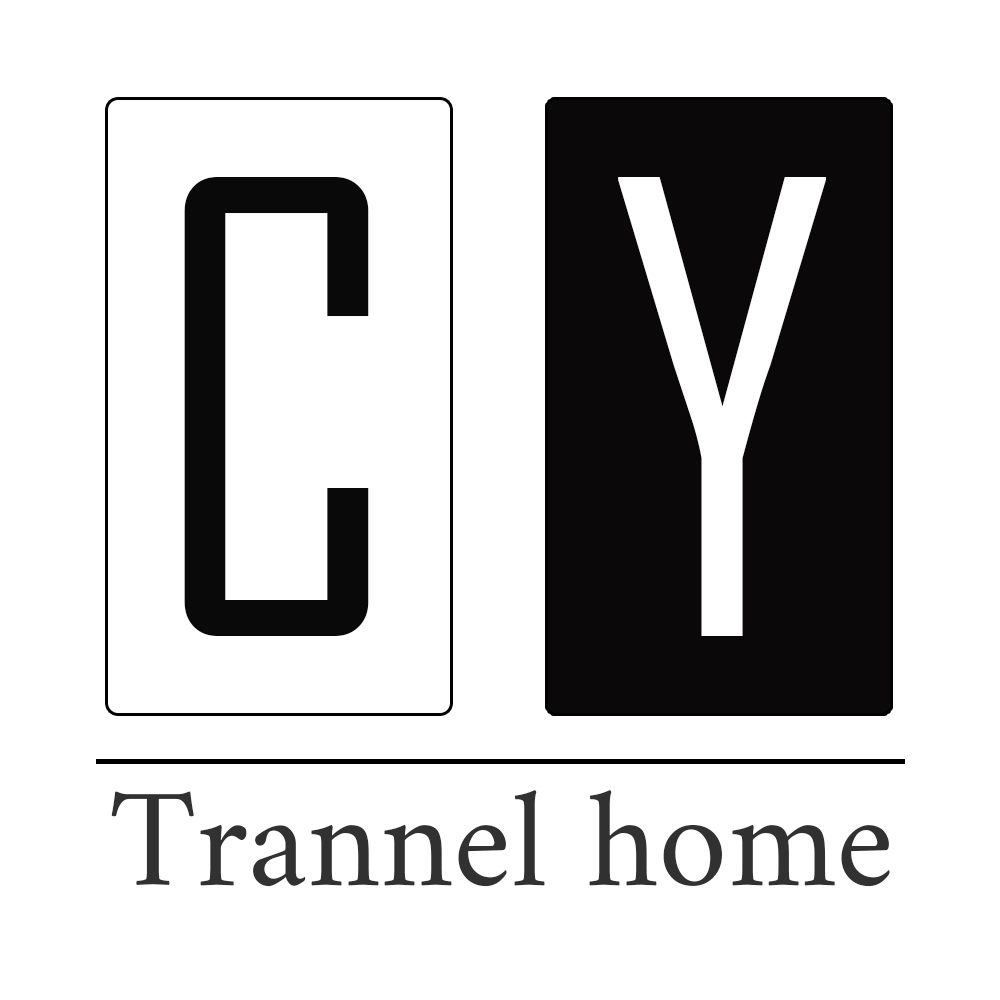Meta Description:
Learn how to ensure your furniture complies with EU and U.S. safety standards. A guide for manufacturers, retailers, and designers exporting to international markets.
Why Furniture Safety Compliance Matters
When exporting furniture to international markets like the European Union and the United States, compliance with safety and performance standards is not optional—it’s essential. These regulations are designed to protect consumers and ensure product quality, and non-compliance can result in shipment rejections, fines, or even recalls. For Chinese furniture manufacturers and exporters, understanding and meeting these standards is key to successful global business.
1. Key U.S. Furniture Safety Regulations
In the United States, the Consumer Product Safety Commission (CPSC) oversees most federal furniture safety standards. Key points include:
- Tip-over Prevention: Especially for dressers and storage units, ASTM F2057 is required for stability testing.
- Fire Retardancy (California TB117-2013): Upholstered furniture must meet specific flammability standards for foam and fabric.
- Formaldehyde Emissions (TSCA Title VI): Limits on emissions from composite wood products.
- Lead and Heavy Metal Restrictions: Especially for children’s furniture under CPSIA (Consumer Product Safety Improvement Act).
SEO Keywords: USA furniture export regulations, TB117 flammability, ASTM F2057 standard, TSCA compliance, CPSIA certified furniture
2. Essential EU Standards for Furniture
In the European Union, EN standards govern most furniture safety and durability testing. Important examples include:
- EN 12520: For domestic seating strength, durability, and safety.
- EN 581-1/2/3: Outdoor furniture standards (general safety and stability).
- REACH Compliance: Chemical safety regulation to control hazardous substances.
- E1 or E0 Formaldehyde Levels: Required for wood-based panels used in furniture.
- CE Marking (in some categories): Especially for children’s or electrical furniture.
SEO Keywords: EN 12520 furniture standard, REACH compliant materials, EU furniture safety rules, formaldehyde E1 standard
3. Upholstered Furniture Requirements
For upholstered furniture, both the EU and U.S. require specific tests related to:
- Fabric durability (Martindale/Rub Count)
- Flammability tests for foam and textiles
- Structural integrity of frames and joints
- Safe use of staples, zippers, and decorative elements
SEO Keywords: upholstered furniture safety, Martindale rub test, fire-resistant sofa, custom upholstery export compliance
4. Factory Preparedness: Documentation & Testing
To meet compliance standards, your factory should offer:
- Third-party lab testing reports (SGS, TÜV, BV, Intertek, etc.)
- Bill of Materials with compliance declarations
- Technical Data Sheets for foam, fabric, and wood
- Certificates for TSCA Title VI, REACH, or EN standards
Providing these documents not only builds buyer trust but can also simplify customs clearance and quality control processes.
SEO Keywords: SGS tested furniture, REACH certificate supplier, CPSC-compliant factory, third-party furniture testing China
5. Benefits of Compliance for Buyers & Brands
Exporting furniture that complies with international standards helps:
- Build long-term partnerships with EU & U.S. clients
- Gain access to higher-end retail and e-commerce platforms
- Reduce the risk of costly legal issues or returns
- Enhance your brand’s image as a quality-driven supplier
Final Thoughts
Navigating international furniture safety regulations may seem complex, but it’s an investment in long-term business success. Chinese manufacturers that stay informed and proactive about compliance will stand out in competitive markets like the EU and the USA. Whether you’re an importer, wholesaler, or retailer, choosing a supplier who understands these standards can save time, money, and risk.
Suggested Tags:
furniture compliance China, EU safety standards, U.S. furniture regulations, TSCA Title VI, EN 12520, furniture lab testing, export-ready furniture, CPSC compliance, REACH furniture export



